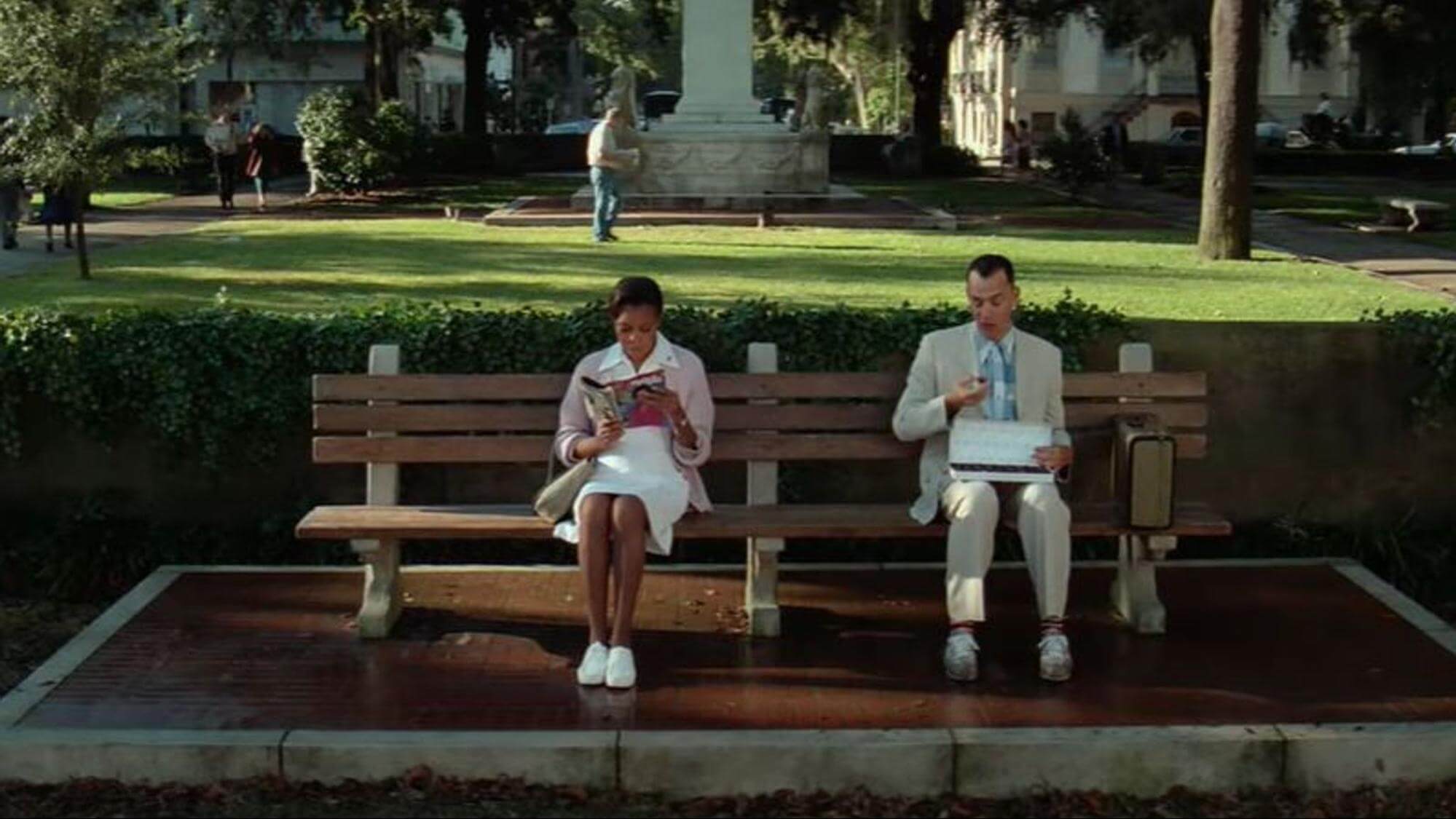Think for a moment about some of your favorite films and books. How was the story told to you? Is there a voice you can think of behind it? If so, this is the power of the narrator. How much can a narrator impact a story and what exactly is narration? In this read, we’ll explore the art of narration and its significance in storytelling.
What is Narration in Writing and Story?
First, let’s define narration
Let's first pin down a clear definition of what narration truly entails before looking at the different types of narration that exist.
NARRATION DEFINITION
What is narration in storytelling?
Narration is a method used in storytelling to convey a tale, idea, or message. It is the voice that brings life to a story, guiding the audience through the plot, introducing them to characters, and offering insights that might otherwise go unnoticed. The narrator can exist as a distinct, external entity, as an internal thought process of a character, or as an omnipresent voice with an all-knowing perspective. Narration shapes the way a story is perceived, setting the pace, tone, and perspective, making it an integral part of any narrative form, whether it be literature, film, theater, or even video games.
What is Narration Used For?
Conveying a tale
Introducing characters
Offering insights
Setting the pace, tone, and perspective
Different Way Narration is Used
Types of Narration
Narration comes in various forms, each with its own distinct style and effect on the story. Just as there are different ways to tell a story, there are different types of narration too.
First-Person Narration
Imagine sitting across from someone as they recount their life story - that's first-person narration for you. It's intimate, personal, and allows you to see the world through the character's eyes.
It can also introduce the intriguing element of an unreliable narrator, adding a captivating twist to the story. Think of books like To Kill a Mockingbird or films like Fight Club and Forrest Gump.
Second-Person Narration
Second-person narration is when the narrator addresses the audience directly, using "you" as the pronoun. This style is not commonly used in traditional storytelling, but it can create a unique and immersive experience for the reader.
A notable example of this is Jay McInerney's novel Bright Lights, Big City. In film, an example of second-person narration is the opening monologue in Deadpool.
Third-Person Narration
Third-person narration is the most commonly used form of narration, where the story is told by someone who isn't a character in the story. The narrator is an observer, providing an objective view of events and characters.
It allows for multiple perspectives and can create a more comprehensive understanding of the story. Examples include books like Pride and Prejudice and films like The Lord of the Rings.
Omniscient Narration
Omniscient narration is when the narrator has unlimited knowledge and perspective, able to see into the minds of all characters and provide insight into their thoughts and emotions.
This type of narration can add depth to a story by showing the audience multiple layers and motivations behind actions. A famous example is the novel The Great Gatsby.
Limited Omniscient Narration
Similar to omniscient narration, limited omniscient narration has an all-knowing narrator. However, this style limits the perspective to one character or a select group of characters.
It allows for a more intimate connection with the protagonist and can be used to create suspense or surprise for the audience. An example of this is the film Gone Girl.
Related Posts
What is Narration Used For?
The Importance of Narration
Narration is not just a tool used to tell a story, it has a significant impact on how the story is perceived and interpreted by the audience. It sets the tone, guides the reader's emotions, and creates a connection between the audience and the characters. A well-written narration can be the difference between an audience passively watching a story versus being drawn into it.
Connection with Characters
Creating a connection with characters is crucial in storytelling. It allows the audience to relate to and empathize with the characters, making the story more engaging and impactful.
Guiding Emotions
Guiding emotions is another essential aspect of storytelling. By skillfully evoking different emotions in the audience, storytellers can create a powerful and immersive experience that resonates with the listeners or viewers.
Transporting the Audience into the Story
One of the main goals of storytelling is to transport the audience into the story's world. By effectively setting the scene, describing the surroundings, and engaging the senses, storytellers can make the audience feel as if they are part of the narrative, creating a truly captivating experience.

Forrest Gump
Great narration has the power to shape our experiences with stories. However, poor narration can do the complete opposite. Without true voice and intention, narration can devolve into telling a story rather than adding to the experience of a story. So, if you’re thinking of using narration, be sure to ask yourself why you are using it and how you will use it in a unique and intentional way.
Up Next
What is Point of View?
Narration has the power to shape the audience's perception and immerse them in a story. One crucial aspect that plays a significant role in this process is the point of view. Discover more about point of view in our upcoming article.
